Table of Contents
Going to equipment information makes it easier to manage real-world work efficiently. One such kit that can help you manage your work and save time is a Fiber Optic Trainer Kit.
Let us know about this kit briefly here:
What is a Fiber Optic Trainer Kit?
A Fiber Optic Trainer Kit aids in learning about optical fiber communication.
Fiber optics is a technology used for telecommunications and computer networking. It works on the principle of guiding light from one place to another through an optical fiber cable of glass or plastic instead of conventional copper cables.
Fiber Optic Trainer Kit provides hands-on experience in fiber optic technology.
Fiber Optic Cable makes it possible to transmit data over long distances with the help of light. The kit consists of all components needed to create a working fiber optic cable and see how this technology works for yourself.
Uses of a Fiber Optic Trainer Kit:
So what is the use of this training kit?
Fiber Optic Trainer kit provides an understanding of the Fiber Optics basics.
Students interested in learning this field may use this trainer kit as a guided tour with limited Fiber Optic Trainer Kit allows network engineers to learn the fundamentals of fiber optic cabling in an interactive and hands-on scope in the actual applications.
Fiber Optic Trainer Kit Price:
Fiber Optic Trainer kits are in demand as they are helpful in institutions and the learning process.
It’s why fiber optics trainer kit price varies from label to label and depends on the kit’s features. The price range of the training kit starts from INR 7000 to INR 60,000.
Fiber Optics Connector:
The fiber optic connector is a device that joins optical fibers together. Fiber optic connectors link the ends of individual optical fibers or splice together different lengths of pre-terminated fiber cables.
These are useful where frequent connections are needed, such as test equipment or installers needing portable connectors in various locations.
The function of a connector is to provide durable mechanical support for the end faces of the two fibers and maintain the proper spacing between them.
They are available in different configurations like:
- Single-fiber (simplex),
- Multi-fiber (duplex), or pigtailed.
Read Also: 8085 Microprocessor Kit: Classification and Uses
Types of Fiber Optic Connectors:
There are several fiber optic connectors on the market, and each one is used for specific applications.
You can purchase several types of connectors for different applications. These connectors have two classifications: mechanical and electronic.
Let us discuss some common types of fiber optic connectors here:
1. LC Fiber Connector:
Image Credit: Timbercon
LC connectors are minor form-factor connectors and are commonly valuable for high-density fiber optic patch panels.
However, they are helpful even when they aren’t part of a more extensive patch panel system.
They are incredibly reliable and robust, withstanding the rigors of daily use. Incorporated into an LC trunk cable assembly, these connectors will not disappoint.
LC connectors are more miniature and convenient than SC or ST connectors but less reliable in high-speed data applications.
This smaller form factor is ideal for tight data centers, telecommunications rooms, and telecom equipment cabinets.
2. SC Fiber Connector:
SC fiber connectors are small, lightweight fiber optic terminal devices with a push-pull locking mechanism.
They are valuable in high-density applications such as data centers and patch panels, with limited space between ports.
SC fiber connectors are commonly helpful for connecting fiber optic cables to fiber-optic transceivers and other devices.
They are available in various configurations, including single-mode and multimode versions.
An SC fiber connector is more extensive than the more common LC connectors. Although both connectors feature durability and tight tolerance requirements, an SC connector is slightly larger than its LC counterpart.
3. Fiber Pigtail Connector:
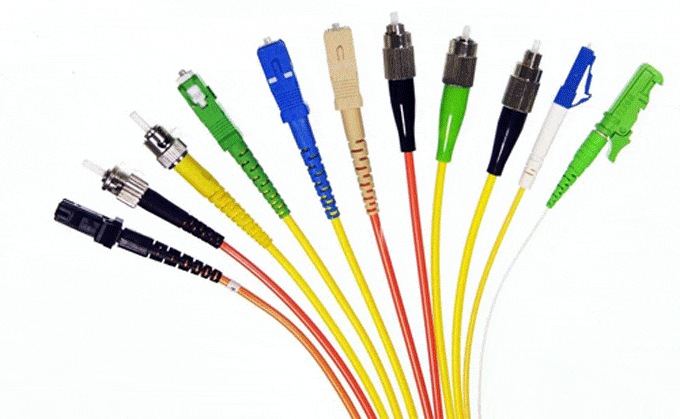
Image Credit: FS Community
The Fiber Pigtail connector is a valuable device for connecting two optical fibers. A pigtail connector fiber is a short single-mode or multimode fiber with a pre- terminator installed at one end and an exposed fiber at the other end.
We can use fiber pigtails to extend the distance between the laser source and detector by connecting one end of the pigtail to an external device while leaving the other end connected to a sensor.
It also helps to terminate the cables in the field.
4. ST Fiber Connector:
ST Fiber connector is helpful for connection between fiber optic cables and devices. Its primary function is to facilitate a light-tight, low-loss optical connection over distances greater than possible with the more fragile plastic optical fiber connectors.
These connectors are a family of compact, high-quality connectors designed to meet the needs of optical networking applications.
These connectors enable simple, reliable, and cost-effective interconnection of multimode and single-mode fibers at data rates up to 10 Gb/s.
5. SFP Fiber Connector:
SFPs are the workhorses of the optical networking industry, and it is unlikely that most network professionals would even consider building a new network without using SFP modules.
The connectors are usually keyed to prevent incorrect insertion into equipment.
SFP fiber connectors allow for the connection of one or more optical fibers to transmit data between two networking devices, such as a switch and a router.
They are trendy in data centers where they can interconnect network switches and routers within racks.
SFP fiber connector is one of the essential parts of modern networking. It is widely used in all network applications, from telecommunication to data networking and even video surveillance.
6. UPC Fiber Connector:
UPC fiber connector is an ultra physical contact (UPC) type, replacing the standard PC fiber connector. UPC fiber connectors are one of the most versatile connectors available in the market, and it is applicable for single-mode and multimode applications where high performance is required.
In addition, they provide a unique design that offers a wide range of fiber alignment options to accommodate installation requirements.
UPC is ideal for connecting between patch panels and fiber optic transceivers due to its lightweight, simple structure, and excellent performance.
7. FC UPC Fiber Connector:
FC UPC connectors are fiber-optic connector that has a threaded body. It helps use the connector in high-vibration environments and is commonly helpful with single-mode optical fiber and polarization-maintaining optical fiber.
These connectors are single-piece connectors, with the ferrule permanently attached to the body, which keeps the connectors clean and secure during installation.
8. MTP Fiber Connector:
MTP connectors are small, four-fiber connectors with a duplex LC interface that provides high performance and reliability.
It is helpful in single-mode and multimode fiber optic cabling systems typically found in LANs, WANs, and storage area networks (SAN).
MTP connectors are among the best innovations in fiber optic cable assembly, and no tools or special training are required for termination.
It is ideal for distributing high-speed data signals over long distances and in harsh environments.
MTP connectors help in networking, telecom, and test equipment applications.
9. Carbon Fiber Connector:
A carbon fiber connector uses carbon fiber reinforced polymer materials which are used for high strength, low weight, and corrosion resistance to connect devices or structures. Carbon fiber is a material woven into high-strength textiles used in aerospace and military applications.
A carbon fiber connector serves as the interface between two pieces of equipment. It’s usually helpful to connect the antenna, speaker wires, or other electrical components. It is also valuable for applications where lightweight and robust are essential, such as racing bicycles and boats.
Read also: What are Digital Storage Oscilloscopes, and Working Principle of Digital Storage Oscilloscope?
Tesca Global Fiber Optic Trainer Kits:
Now that you know enough about Fiber Optic Trainer Kits, it is time to choose the right one for you.
Tesca Global can help you with that. Our Fiber Optic Trainer Kits are made for professionals studying Optical Communication and working in the field of fiber optics.
Being a prominent Fiber Optic Trainer Kits supplier, Tesca Global, helps you train yourself on the various concepts of fiber optics, such as single-mode, multimode, fiber types, and so on.
All our Fiber Optic Trainer Kits feature step-by-step guides that help you better understand the subject matter.
Some of the worth mentioning Fiber Optic Trainer Kits are:
- Tesca Globals’ Fibre-Optic Simplex Analogue Transceiver Trainer
- Tesca Globals’ Fibre-Optic trainer for numerical aperture and fiber loss measurement
- Tesca Globals’ Fibre-Optic Simplex Digital Transceiver Trainer
- Tesca Globals’ Digital Fibre-Optic Power Meter
- Tesca Globals’ Laser Fibre Optic Trainer
- Tesca Globals’ Advanced Fibre-Optic Analogue Transceiver Trainer and more.
Tesca Global is a Fiber Optic Trainer Kits manufacturer that provides you with a suitable training kit that can help you understand the business of fiber optics.



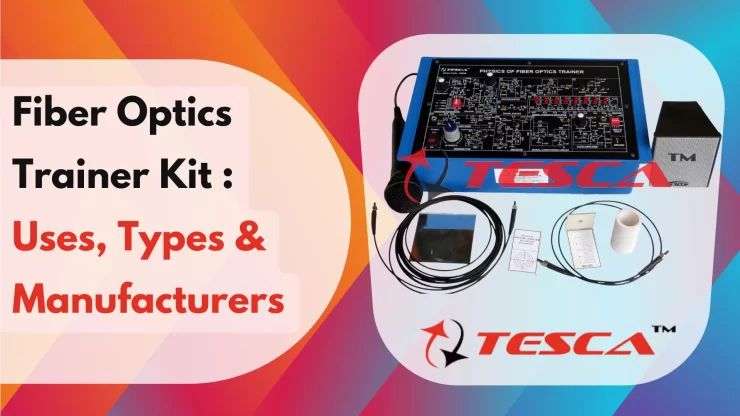
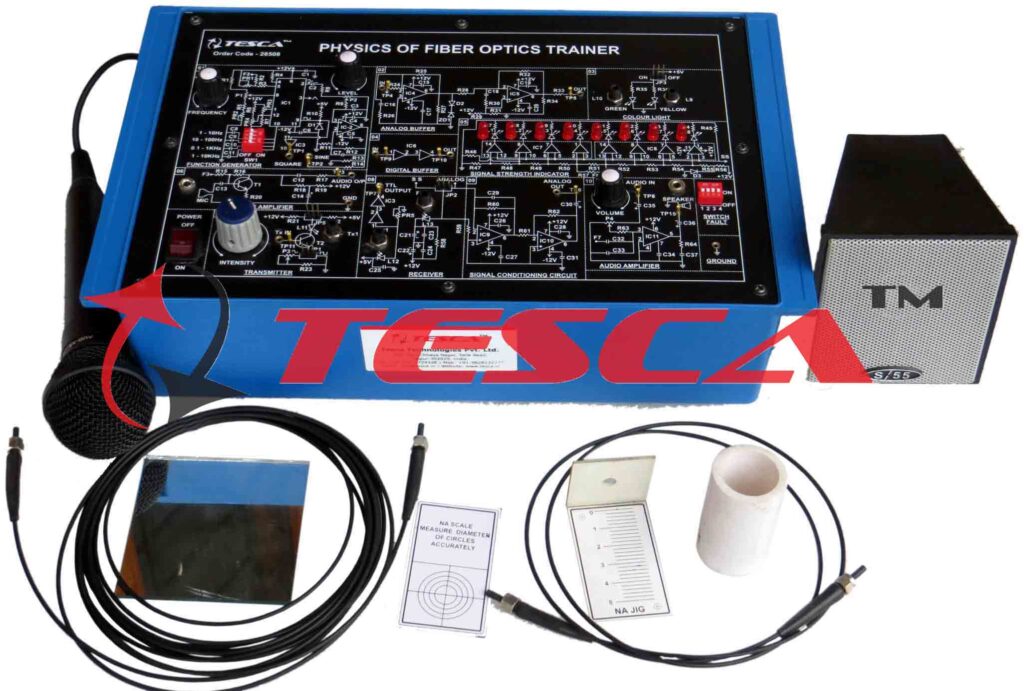
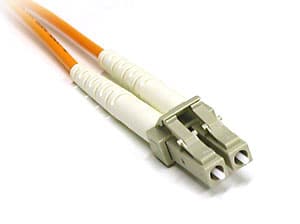
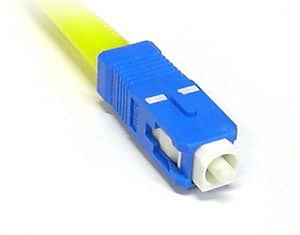


Can you send me a full specification of the fiber optic training kit
thank you